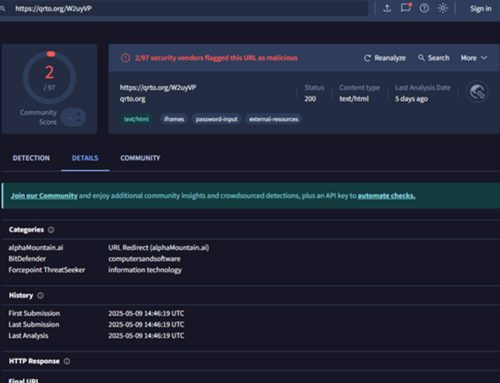Multiple Vulnerabilities in Apple Products
Apple,Scams
May 14, 2024
NThis Multi-State Information Sharing and Analysis Center (MS-ISAC) Advisory is being provided to assist agencies, organizations, and individuals in guarding against the persistent malicious actions of cybercriminals. Multiple vulnerabilities have been discovered in Apple products, the most severe of which could allow for arbitrary code execution. Successful exploitation of the most severe of these vulnerabilities could allow for arbitrary code execution in the context of the logged on user. Depending on the privileges associated with the user, an attacker could then install programs; view, change, or delete data; or create new accounts with full user rights. Users whose accounts are configured to have fewer user rights on the system could be less impacted than those who operate with administrative user rights.
Systems Affected
Versions prior to macOS Sonoma 14.5
Versions prior to macOS Ventura 13.6.7
Versions prior to macOS Monterey 12.7.5
Versions prior to watchOS 10.5
Versions prior to tvOS 17.5
Versions prior to iOS 16.7.8 and iPadOS 16.7.8
Versions prior to iOS 17.5 and iPadOS 17.5
Risk
Government:
– Large and medium government entities: High
– Small government entities: Medium
Businesses:
– Large and medium business entities: High
– Small business entities: Medium
– Home Users: Low
Recommendations
- Apply the stable channel update provided by Apple to vulnerable systems immediately
after appropriate testing. - Apply the Principle of Least Privilege to all systems and services. Run all software as a
non-privileged user (one without administrative privileges) to diminish the effects of a
successful attack. - Restrict use of certain websites, block downloads/attachments, block JavaScript,
restrict browser extensions, etc. - Use capabilities to detect and block conditions that may lead to or be indicative of a
software exploit occurring. - Block execution of code on a system through application control, and/or script blocking.
Use capabilities to prevent suspicious behavior patterns from occurring on endpoint
systems. This could include suspicious process, file, API call, etc. behavior.
Reporting
The NJCCIC encourages recipients who discover signs of malicious cyber activity to contact the NJCCIC via the cyber incident report form at www.cyber.nj.gov/report.
For any further questions, contact us here at Cyber Command.





